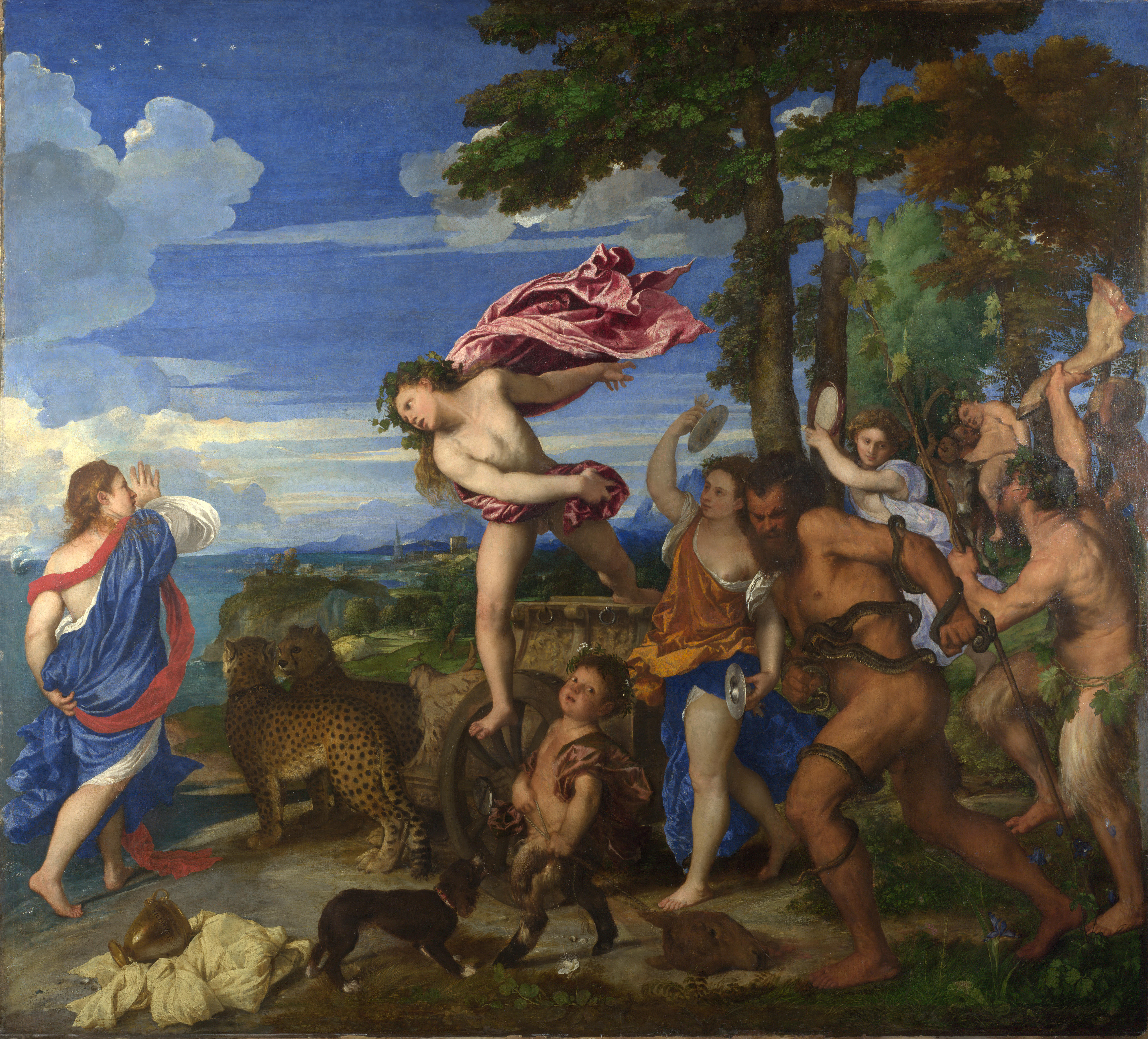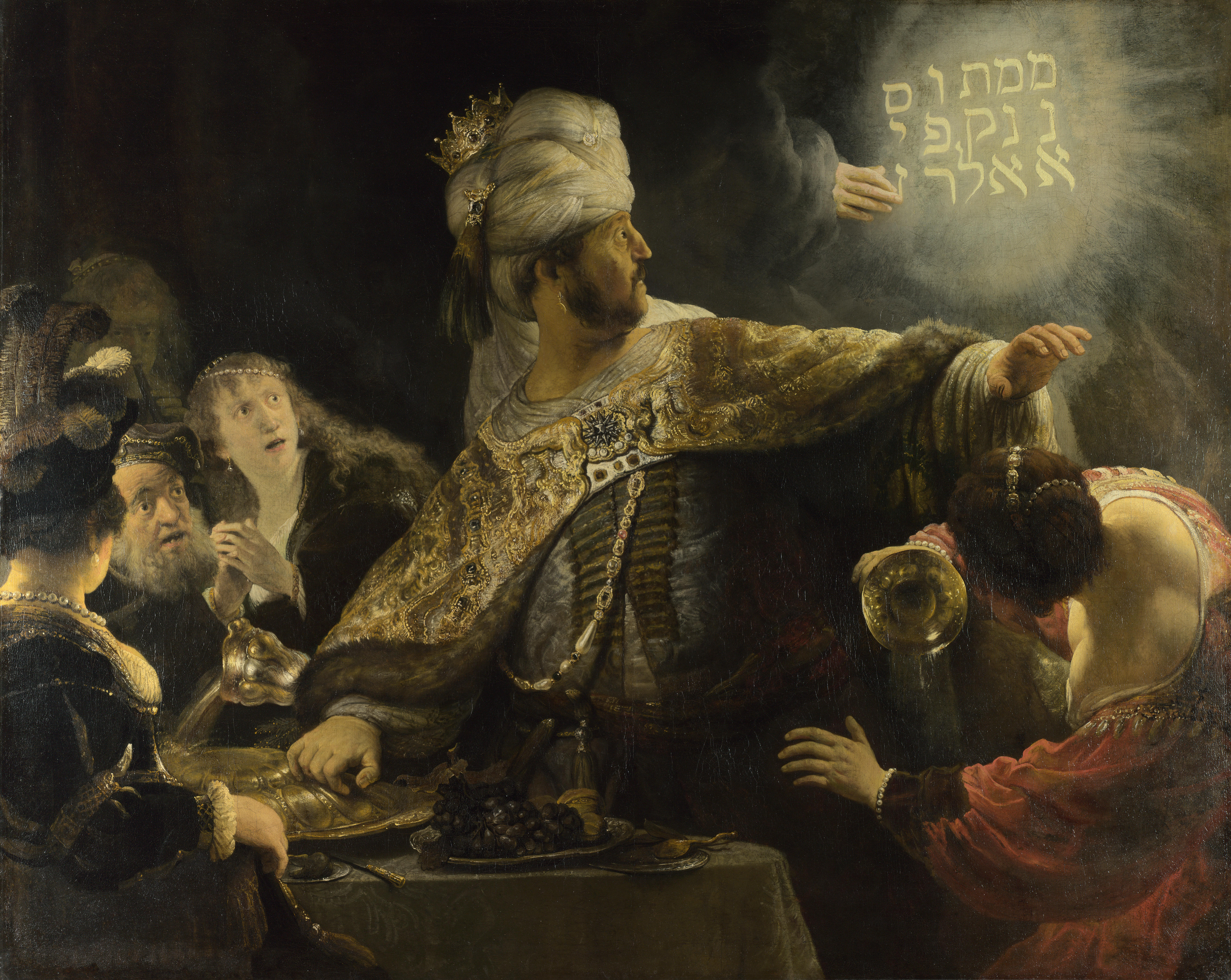Lead-tin-yellow on:
[Wikipedia]
[Google]
[Amazon]


 Lead-tin-yellow is a yellow
Lead-tin-yellow is a yellow


 Lead-tin-yellow is a yellow
Lead-tin-yellow is a yellow pigment
A pigment is a colored material that is completely or nearly insoluble in water. In contrast, dyes are typically soluble, at least at some stage in their use. Generally dyes are often organic compounds whereas pigments are often inorganic compo ...
, of historical importance in oil painting
Oil painting is the process of painting with pigments with a medium of drying oil as the binder. It has been the most common technique for artistic painting on wood panel or canvas for several centuries, spreading from Europe to the rest of ...
, sometimes called the "Yellow of the Old Masters
In art history, "Old Master" (or "old master")Old Masters De ...
" because of the frequency with which it was used by those famous painters.
Nomenclature
The name lead-tin yellow is a modern label. During the thirteenth to eighteenth centuries when it was in widest use, it was known by a variety of names. In Italy, it was ''giallorino'' or ''giallolino''. In other countries of Europe, it was massicot, (Spanish), (German), ''general'' (English) or (Portuguese). All of these names were often applied to other yellow pigments as well as lead-tin yellow.Composition
Lead-tin-yellow historically occurred in two varieties. The first and more common one, today known as "Type I", was a leadstannate In chemistry the term stannate refers to compounds of tin (Sn). Stannic acid (Sn(OH)4), the formal precursor to stannates, does not exist and is actually a hydrate of SnO2. The term is also used in naming conventions as a suffix; for example the ...
, an oxide of lead
Lead is a chemical element with the symbol Pb (from the Latin ) and atomic number 82. It is a heavy metal that is denser than most common materials. Lead is soft and malleable, and also has a relatively low melting point. When freshly cu ...
and tin
Tin is a chemical element with the symbol Sn (from la, stannum) and atomic number 50. Tin is a silvery-coloured metal.
Tin is soft enough to be cut with little force and a bar of tin can be bent by hand with little effort. When bent, t ...
with the chemical formula
In chemistry, a chemical formula is a way of presenting information about the chemical proportions of atoms that constitute a particular chemical compound or molecule, using chemical element symbols, numbers, and sometimes also other symbols, ...
Pb2SnO4. The second, "Type II", was a silicate with the formula .Hermann Kühn, 1967, "Blei-Zinn-Gelb und seine Verwendung in der Malerei", ''Farbe und Lack'' 73: 938-949 Lead-tin-yellow was produced by heating a powder mixture of lead oxide
Lead oxides are a group of inorganic compounds with formulas including lead (Pb) and oxygen (O).
Common lead oxides include:
* Lead(II) oxide, PbO, litharge (red), massicot (yellow)
* Lead(II,IV) oxide
Lead(II,IV) oxide, also called red lead o ...
and tin oxide
Tin is a chemical element with the symbol Sn (from la, stannum) and atomic number 50. Tin is a silvery-coloured metal.
Tin is soft enough to be cut with little force and a bar of tin can be bent by hand with little effort. When bent, t ...
to about 900 °C. In "Type II" the mixture also contained quartz
Quartz is a hard, crystalline mineral composed of silica (silicon dioxide). The atoms are linked in a continuous framework of SiO4 silicon-oxygen tetrahedra, with each oxygen being shared between two tetrahedra, giving an overall chemical form ...
. Its hue is a rather saturated yellow. The pigment is opaque and lightfast. As a type of lead paint
Lead paint or lead-based paint is paint containing lead. As pigment, lead(II) chromate (, "chrome yellow"), lead(II,IV) oxide, (, "red lead"), and lead(II) carbonate (, "white lead") are the most common forms.. Lead is added to paint to accele ...
, it presents a hazard of lead poisoning if ingested, inhaled, or contacted.
History
The origin of lead-tin-yellow can be dated back to at least the thirteenth century when Type II was applied in frescos, perhaps having been discovered as a by-product ofcrystal glass
Lead glass, commonly called crystal, is a variety of glass in which lead replaces the calcium content of a typical potash glass. Lead glass contains typically 18–40% (by weight) lead(II) oxide (PbO), while modern lead crystal, historically als ...
production. Until the eighteenth century, Type I was the standard yellow used in oil painting.
Lead-tin-yellow was widely employed in the Renaissance
The Renaissance ( , ) , from , with the same meanings. is a period in European history marking the transition from the Middle Ages to modernity and covering the 15th and 16th centuries, characterized by an effort to revive and surpass ideas ...
by painters such as Titian
Tiziano Vecelli or Vecellio (; 27 August 1576), known in English as Titian ( ), was an Italian (Venetian) painter of the Renaissance, considered the most important member of the 16th-century Venetian school. He was born in Pieve di Cadore, nea ...
(''Bacchus and Ariadne
''Bacchus and Ariadne'' (1522–1523) is an oil painting by Titian. It is one of a cycle of paintings on mythological subjects produced for Alfonso I d'Este, Duke of Ferrara, for the Camerino d'Alabastro – a private room in his palazzo in ...
''), Bellini (''The Feast of the Gods
''The Feast of the Gods'' (Italian: ''Il festino degli dei'') is an oil painting by the Italian Renaissance master Giovanni Bellini, with substantial additions in stages to the left and center landscape by Dosso Dossi and Titian. It is one of t ...
'') and Raphael
Raffaello Sanzio da Urbino, better known as Raphael (; or ; March 28 or April 6, 1483April 6, 1520), was an Italian painter and architect of the High Renaissance. His work is admired for its clarity of form, ease of composition, and visual a ...
(''Sistine Madonna
The ''Sistine Madonna'', also called the ''Madonna di San Sisto'', is an oil painting by the Italian artist Raphael. The painting was commissioned in 1512 by Pope Julius II for the church of San Sisto, Piacenza, and probably executed ''c.'' 151 ...
''), and during the Baroque
The Baroque (, ; ) is a style of architecture, music, dance, painting, sculpture, poetry, and other arts that flourished in Europe from the early 17th century until the 1750s. In the territories of the Spanish and Portuguese empires including t ...
period by Rembrandt (''Belshazzar's Feast
Belshazzar's feast, or the story of the writing on the wall (chapter 5 in the Book of Daniel), tells how Belshazzar holds a great feast and drinks from the vessels that had been looted in the destruction of the First Temple. A hand appears and ...
''), Vermeer
Johannes Vermeer ( , , see below; also known as Jan Vermeer; October 1632 – 15 December 1675) was a Dutch Baroque Period painter who specialized in domestic interior scenes of middle-class life. During his lifetime, he was a moderately succe ...
('' The Milkmaid''), and Velázquez (''Apollo in the Forge of Vulcan
''Apollo in the Forge of Vulcan'' ( es, Apolo en la Fragua de Vulcano), sometimes referred to as ''Vulcan's Forge'', is an oil painting by Diego de Velázquez completed after his first visit to Italy in 1629. Critics agree that the work should b ...
'').
In the early eighteenth century, lead-tin yellow was almost completely replaced in use by Naples yellow. After 1750, no paintings seem to have been made containing the pigment, and its existence was eventually forgotten for reasons that are not entirely clear. Lead-tin yellow was rediscovered in 1941 by the German scientist Richard Jakobi, then-director of the Doerner Institute
Doerner Institute was founded in 1937 in Munich as a ''State Testing and Research Institute for Colour Technology'' (in German ''Staatliche Prüf- und Forschungsanstalt für Farbentechnik)''.
The founding of the Institute
Doerner Institute is n ...
. Jakobi called it ''Blei-Zinn-Gelb''; the English "lead-tin yellow" is a literal translation of the German term.
After 1967, Hermann Kühn Hermann or Herrmann may refer to:
* Hermann (name), list of people with this name
* Arminius, chieftain of the Germanic Cherusci tribe in the 1st century, known as Hermann in the German language
* Éditions Hermann, French publisher
* Hermann, Mis ...
in a series of studies proved its general use in the traditional oil technique of earlier centuries, coining the distinction between the Type I and Type II varieties.H. Kühn, "Lead-Tin Yellow", 1968, ''Studies in Conservation'' 13(1): 7-33
Theories about disappearance
One prominent theory for its disappearance from collective memory is confusion with other yellow pigments likemassicot
Massicot is lead (II) oxide mineral with an orthorhombic lattice structure.
Lead(II) oxide (formula: PbO) can occur in one of two lattice formats, orthorhombic and tetragonal. The tetragonal form is called litharge. PbO can be changed from mas ...
. Lead-tin yellow was sometimes called massicot, although it is a different substance. Prior to the development of modern analytical tools allowing for microscopic testing of paint, it was not always possible for art historians
The history of art focuses on objects made by humans for any number of spiritual, narrative, philosophical, symbolic, conceptual, documentary, decorative, and even functional and other purposes, but with a primary emphasis on its aesthetic visu ...
to distinguish between similar pigments, meaning that most yellow pigment containing lead was generally labeled Naples yellow.
Increased use of other pigments such as the less-opaque Naples yellow may also have displaced lead-tin yellow in common use. During the nineteenth century, after lead-tin yellow had vanished from common use, newer inorganic yellow pigments came into use, such as chrome yellow (lead chromate
Lead is a chemical element with the symbol Pb (from the Latin ) and atomic number 82. It is a heavy metal that is denser than most common materials. Lead is soft and malleable, and also has a relatively low melting point. When freshly cut, l ...
), cadmium sulfide
Cadmium sulfide is the inorganic compound with the formula CdS. Cadmium sulfide is a yellow solid.Egon Wiberg, Arnold Frederick Holleman (2001''Inorganic Chemistry'' Elsevier It occurs in nature with two different crystal structures as the rare mi ...
, and cobalt yellow
Potassium hexanitritocobaltate(III) is a salt with the formula K3 o(NO2)6 It is a yellow solid that is poorly soluble in water. The compound finds some use as a yellow pigment under the name Indian Yellow.
The salt features potassium cations ...
.
See also
*List of inorganic pigments
The following list includes commercially or artistically important inorganic pigments of natural and synthetic origin..
Purple pigments
Aluminum pigments
* Ultramarine violet: (PV15) - a synthetic or naturally occurring sulfur containing silica ...
References
{{ReflistFurther reading
* Nicholas John Eastaugh, Lead tin yellow: its history, manufacture, colour and structure, University of London, 1988 Inorganic pigments Lead compounds